The Flower Duet, “Sous le dôme épais,” from Lakmé by Léo Delibes, is a captivating vocal piece renowned for its lyrical beauty and harmonious blend of soprano and mezzo-soprano voices.
Overview of the Flower Duet
The Flower Duet, also known as “Sous le dôme épais,” is a breathtaking vocal duet from the opera Lakmé by French composer Léo Delibes. It is one of the most celebrated pieces in classical music, admired for its lyrical beauty and intricate harmonies. The duet is performed by two female voices, typically soprano and mezzo-soprano, and is accompanied by a lush orchestral arrangement. Its mesmerizing melody and emotional depth have made it a favorite among audiences and performers alike.
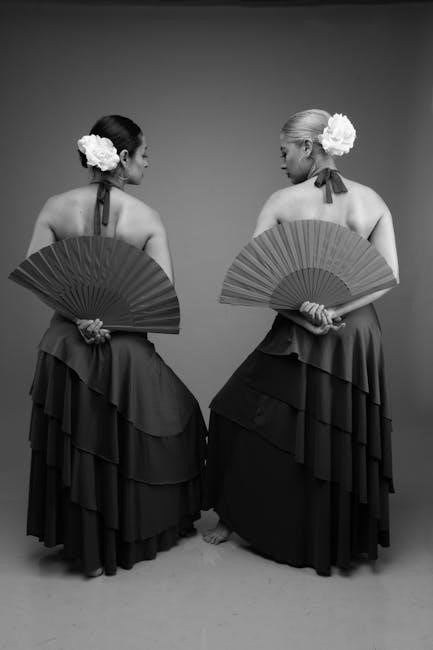
The duet is available in various formats, including PDF sheet music, which can be downloaded for free or purchased from reputable sources. These scores often include vocal parts, piano accompaniments, and instrumental arrangements for flute, violin, and other instruments. The versatility of the piece allows it to be performed in different settings, from operatic stages to intimate recitals.
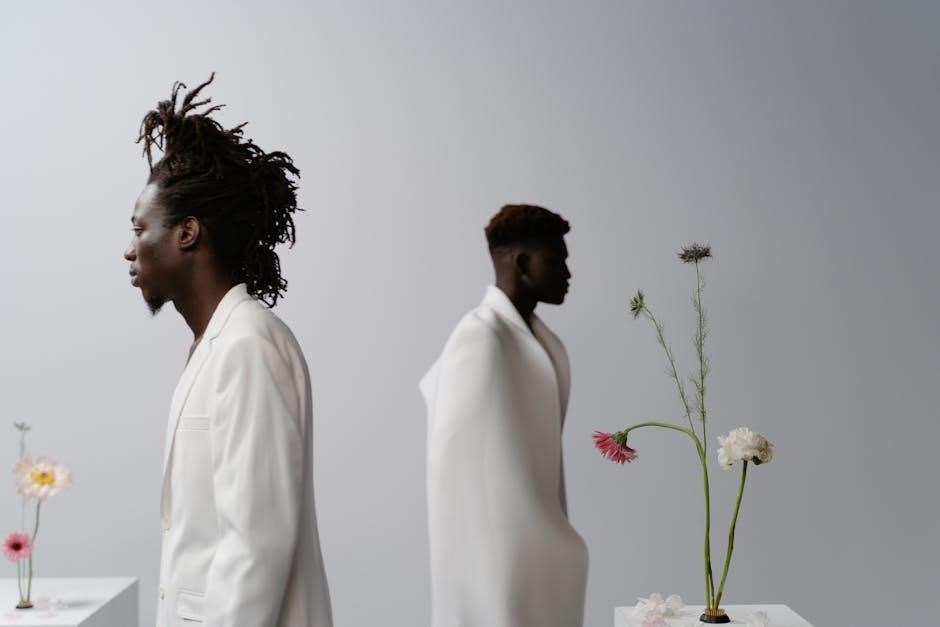
Whether you’re a musician seeking to perform the duet or a music enthusiast looking to explore its beauty, the Flower Duet remains a timeless masterpiece of classical music.
Historical Context of Lakmé
Lakmé, composed by Léo Delibes, is a three-act opera that premiered in 1883 at the Opéra-Comique in Paris. Set in British colonial India, the story revolves around the daughter of a Hindu priest and her forbidden love for a British officer. The opera explores themes of cultural conflict, colonial tensions, and romantic tragedy, set against the backdrop of exotic Indian landscapes. Delibes’ masterful blending of Eastern musical influences with Western operatic traditions created a work that captivated 19th-century audiences. The opera’s success lies in its vivid orchestration and memorable melodies, including the iconic Flower Duet. Lakmé remains a significant work in the operatic repertoire, showcasing Delibes’ ability to craft emotionally resonant music that transcends cultural boundaries.
Composer Léo Delibes and His Contributions
Léo Delibes was a prominent French composer of the Romantic era, best known for his significant contributions to opera and ballet. Born in 1836, Delibes began his musical career as a church organist and later gained recognition for his operas and ballets. His work often showcased a blend of lyricism, elegance, and dramatic intensity. One of his most celebrated compositions is the opera Lakmé, which features the renowned Flower Duet. Additionally, Delibes composed the ballet Coppélia, which remains a cornerstone of the classical ballet repertoire. His music is characterized by its melodic richness and harmonic innovation, influencing later composers such as Tchaikovsky and Debussy. Delibes’ contributions to classical music are undeniable, leaving a lasting legacy that continues to inspire performers and audiences alike.
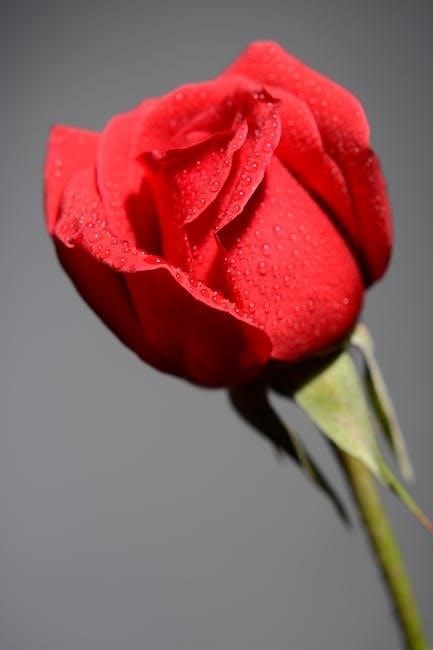
Sheet Music and PDF Availability
Sheet music for the Flower Duet is readily available online in PDF format. Both free and paid versions exist, offering various arrangements and quality options for different preferences and needs.
Sources for Downloading the Flower Duet PDF
Several reputable sources offer the Flower Duet in PDF format for download. Musicnotes and Sheet Music Plus provide high-quality, officially licensed arrangements. The International Music Score Library Project (IMSLP) is another popular destination, offering free access to public-domain sheet music. Additionally, many classical music websites and forums share user-uploaded versions, though verifying their legality and accuracy is essential. Libraries and educational institutions often provide access to sheet music through subscriptions or digital archives. For those seeking specific arrangements, such as piano accompaniment or vocal scores, specialized music retailers are recommended. Always ensure downloads are from trusted sources to avoid copyright infringement or poor-quality files; These platforms cater to both professionals and enthusiasts, making the Flower Duet widely accessible.
Formats and Instrumentations Available
The Flower Duet is available in a variety of formats and instrumentations, catering to different musical needs. The most common version is the vocal duet with piano accompaniment, ideal for soprano and mezzo-soprano voices. Orchestral and chamber music arrangements are also popular, offering a richer harmonic texture. Many publishers provide transposed versions to accommodate different vocal ranges, ensuring accessibility for performers. Additionally, instrumental arrangements for flute, violin, or harp duets are widely available, allowing non-vocalists to enjoy the piece. Some versions include guitar or string quartet accompaniments, adding a modern twist. For educational purposes, simplified piano reductions are offered, making it easier for students to practice. The duet is also transcribed for large ensembles, such as concert bands or choirs, further expanding its reach. These diverse formats ensure the Flower Duet remains a versatile and beloved piece across genres and skill levels.
Free vs. Paid Versions: What to Expect
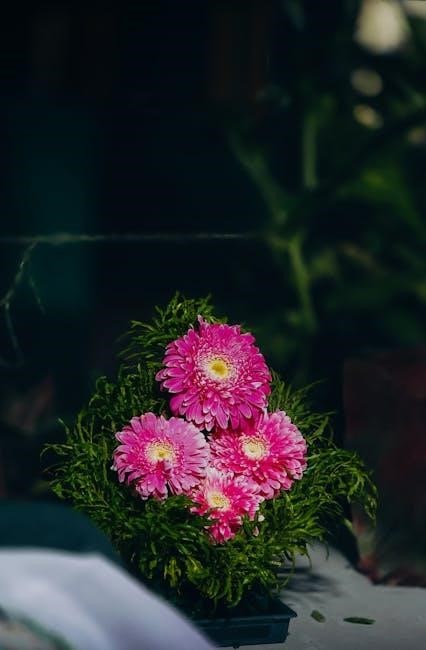
When searching for the Flower Duet PDF, users often encounter both free and paid versions. Free versions are widely available on public domain websites and educational platforms, offering basic sheet music for vocal or instrumental duets. These are ideal for casual use or practice. However, paid versions provide enhanced quality, with professional notation, detailed dynamics, and additional performance notes. Many paid editions include multiple formats, such as transpositions for different vocal ranges or instrumental arrangements. Some publishers also offer bundled sets with piano accompaniments or orchestral scores. Paid versions are recommended for serious performers or educators seeking accurate and comprehensive materials. While free versions suffice for simple needs, paid options deliver superior clarity and versatility, making them worth the investment for those seeking a polished performance experience.
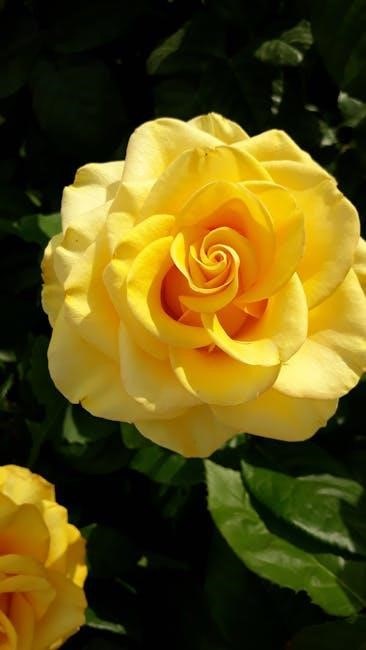
Performance and Interpretation

The Flower Duet’s performance demands precise vocal harmony, emotional depth, and operatic technique, capturing its lyrical beauty and Delibes’ elegant style through expressive interpretation and nuanced delivery.
Vocal and Instrumental Arrangements

The Flower Duet, originally composed for two sopranos, is renowned for its lush harmonies and lyrical beauty. Vocal arrangements typically highlight the interplay between the two voices, requiring precise tuning and expressive phrasing. Instrumental adaptations, such as piano accompaniments or orchestral versions, preserve the duet’s elegance while offering new interpretations. Many PDF scores feature arrangements for instruments like flute, violin, or cello, allowing for diverse performances. Some versions include chord progressions for guitar or keyboard, making the piece accessible to a broader audience. These arrangements maintain the original’s emotional depth while catering to different musical preferences and skill levels.
Challenges in Performing the Flower Duet
Performing the Flower Duet presents several challenges, particularly due to its operatic origins. The duet requires two vocalists with exceptional breath control, pitch accuracy, and expressive phrasing to navigate its intricate harmonies. The piece demands precise tuning, as even slight deviations can disrupt its delicate balance. For instrumental arrangements, maintaining the duet’s lyrical quality while handling technical complexities can be daunting. Additionally, the duet’s reputation as a showpiece adds pressure to deliver a flawless performance. Musicians must also contend with dynamics and tempo fluctuations, ensuring a seamless blend between voices or instruments. The duet’s emotional depth further requires performers to convey vulnerability and beauty simultaneously. These challenges make the Flower Duet a true test of artistry and technical skill, pushing performers to their limits while rewarding them with a captivating auditory experience.
Famous Performances and Recordings
The Flower Duet has been immortalized by numerous iconic performances and recordings, showcasing its timeless appeal. One of the most celebrated renditions is by soprano Joan Sutherland and mezzo-soprano Marilyn Horne, whose flawless harmonies and expressive delivery set a benchmark for the piece. Another notable recording features Mirella Freni and Renata Scotto, whose voices blend seamlessly, capturing the duet’s ethereal beauty. Modern artists, such as Anna Netrebko and Elīna Garanča, have also delivered stunning interpretations, bringing fresh energy to the classic. These recordings are widely available on CD, streaming platforms, and YouTube, offering inspiration and study material for musicians. The duet’s popularity is further highlighted by its inclusion in films, commercials, and classical music compilations. These famous performances not only highlight the duet’s technical demands but also its emotional resonance, making it a beloved staple in classical music repertoire.
Cultural and Musical Significance
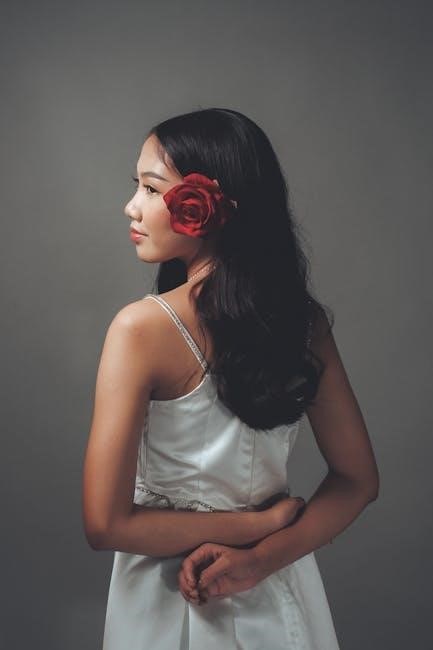
The Flower Duet holds a prominent place in classical music, celebrated for its lyrical beauty and emotional depth. It has been featured in films, commercials, and popular media, showcasing its universal appeal and timelessness.
The Flower Duet in Popular Culture
The Flower Duet has transcended its operatic origins, becoming a staple in popular culture. It has been featured in numerous films, commercials, and television shows, often evoking elegance and emotion. For instance, it appeared in The Hunger Games and was used in British Airways’ iconic advertisements. Its soothing melody and universal appeal make it a favorite for setting a refined or romantic atmosphere. The duet has also been adapted in various forms of media, from animated films to luxury brand campaigns, further cementing its place in modern culture. Its presence in such diverse contexts highlights its enduring charm and ability to resonate with audiences beyond classical music enthusiasts. As a result, the Flower Duet continues to inspire new generations, blending tradition with contemporary influences.
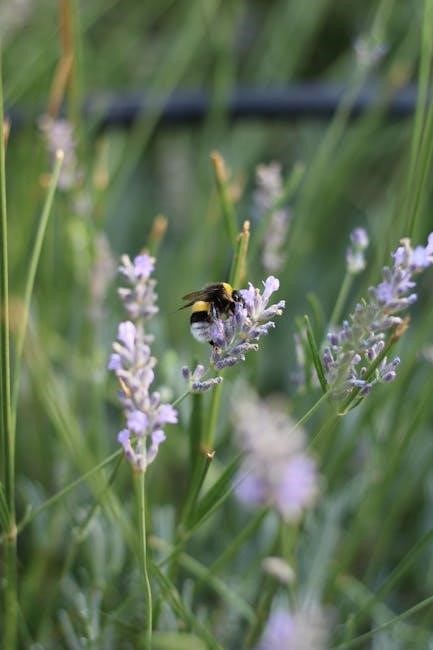
Its Role in Opera and Classical Music
The Flower Duet holds a significant place in the realm of opera and classical music, exemplifying the beauty of French operatic composition. Composed by Léo Delibes for his opera Lakmé, the duet is a masterclass in vocal writing, showcasing the soprano voice’s expressive capabilities. Its delicate harmonies and lyrical phrasing have made it a cornerstone of classical vocal repertoire. Often performed in concerts and recitals, it highlights the importance of collaboration between two singers, blending their voices in perfect harmony. The duet’s popularity endures, with many considering it a quintessential piece of opera, reflecting the elegance and refinement of 19th-century French music. Its influence can be seen in later compositions, as it continues to inspire musicians and composers. Today, it remains a beloved staple in classical music, celebrated for its timeless beauty and emotional depth.
Impact on Modern Music and Arrangements
The Flower Duet’s influence extends far beyond its original operatic context, leaving a lasting impact on modern music and arrangements. Its serene melodies and intricate harmonies have inspired countless adaptations across genres, from pop and electronic to jazz and instrumental covers. Many contemporary artists and producers incorporate elements of the duet into their work, drawn to its emotional depth and versatility. The piece has also been featured in films, advertisements, and television shows, introducing it to new audiences. Moreover, its adaptability has led to creative reinterpretations, such as piano solo arrangements, orchestral versions, and even choral adaptations. This timeless appeal ensures the Flower Duet remains relevant in today’s musical landscape, continuing to inspire both classical and modern compositions. Its enduring popularity highlights its ability to transcend boundaries, making it a cherished piece across generations and musical styles.
The Flower Duet remains a timeless masterpiece, offering rich musical experiences. For further exploration, explore reputable sources like the International Music Score Library Project or scholarly articles on Delibes’ works.
Final Thoughts on the Flower Duet
The Flower Duet, or “Sous le dôme épais,” is a breathtaking example of lyrical opera, showcasing the beauty of vocal harmony and orchestral accompaniment. Its serene melody and emotional depth have captivated audiences for generations. Composed by Léo Delibes for his opera Lakmé, the duet highlights the composer’s mastery of blending Eastern and Western musical influences. The piece has become a staple in classical music repertoire, often performed in concerts and recitals worldwide. Its timeless appeal lies in its ability to evoke tranquility and joy, making it a favorite among both musicians and listeners. For those seeking to explore the Flower Duet further, accessing the PDF sheet music is a great way to delve into its intricate details and appreciate its musical brilliance.
Recommended Resources for Further Study
For those looking to deepen their understanding of the Flower Duet, several resources are available. The International Music Score Library Project (IMSLP) offers free access to high-quality sheet music, including the Flower Duet PDF. Additionally, platforms like MuseScore provide downloadable arrangements tailored for various instruments and vocal ranges. Educational websites such as YouTube channels and classical music forums feature tutorials, analyses, and performances that shed light on its composition and interpretation. For a more in-depth exploration, books on the history of opera and the works of Léo Delibes are recommended. Lastly, attending live performances or listening to recordings by renowned artists can provide invaluable insights. These resources collectively offer a comprehensive pathway to exploring the Flower Duet’s beauty and significance.
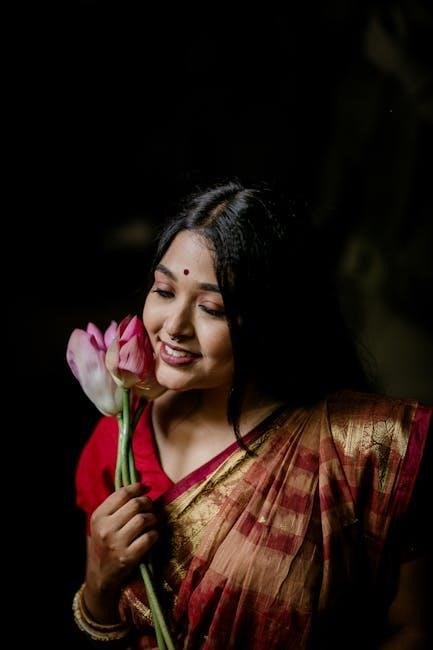
No Responses